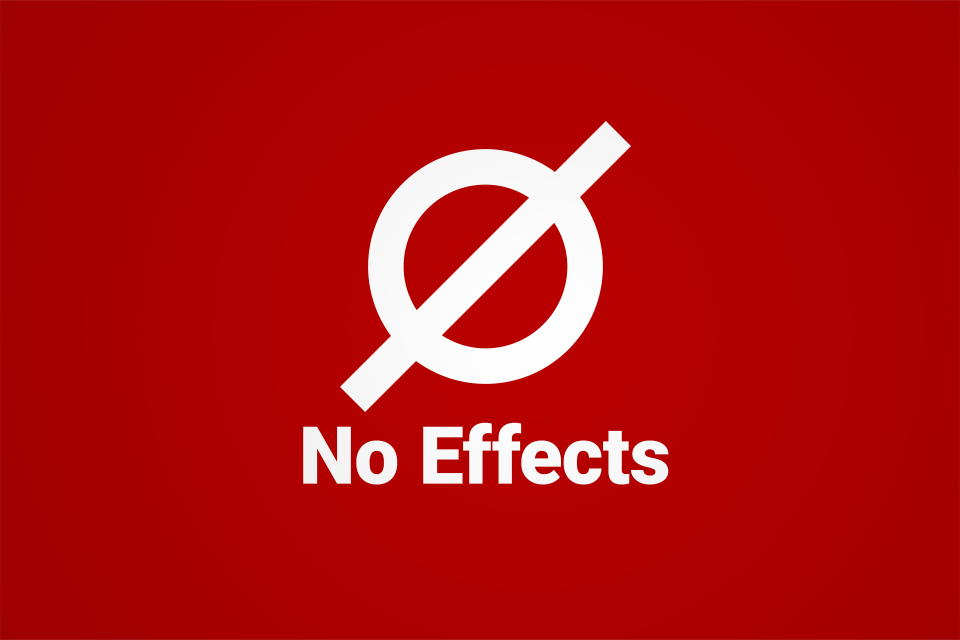Anticipated in FY 2025
Review Anticipated NIJ Research Interests in Fiscal Year 2025.
New Forensic Intelligence Framework
NIJ released guidance for implementing an innovative approach to crime investigation for law enforcement agencies and forensic laboratories. The new guide outlines the foundations for developing or enhancing a forensic intelligence program and evaluating its effectiveness, including helping agencies detect and disrupt patterns of crime.
Determining Accidental Injury or Intentional Abuse in Children
Differentiating intentional abuse from accidental injury in children and infants is key to advancing justice for medical, medicolegal, and forensic science communities. NIJ has invested more than $11 million since 2007 in studies that model skull fractures, identify bruising patterns, and aid in other injury identification.
2024 LEADS Scholarship Recipients
NIJ’s Law Enforcement Advancing Data and Science (LEADS) program is designed to increase the research capabilities of law enforcement officers and agencies. This year, we selected 13 new LEADS scholars. We look forward to their contributions across the policing field!
Term of the Month — Guardians
Guardians are individuals bound by statutory requirements, case law, and ethical principles to act in the best interests of a vulnerable adult. Adults of all ages may need a guardian, including those with serious mental illness, intellectual disability, or traumatic brain injury.
Criminal Justice Data Archives
The National Archive of Criminal Justice Data archives data on crime and justice and contains data from over 2,700 curated studies or statistical data series. The website is home to several large-scale datasets, including the National Crime Victimization Survey, FBI's Uniform Crime Reports and National Incident-Based Reporting System, and the Project on Human Development in Chicago Neighborhoods.
List of Compliant Ballistic Resistant Body Armor
NIJ certifies torso-worn ballistic resistant body armor for law enforcement that complies with the requirements our Compliance Testing Program. If you’re in the law enforcement profession, review a newly updated list of all compliant armor, searching by manufacturing company, gender, threat levels, and other factors.
Review the YouTube Terms of Service and the Google Privacy Policy
Find funding opportunities
Read the latest
Register for events
Browse all topics
PSYCHOPATHY.COMP (Portugal)
This is an individual compassion-focused, therapy-based intervention adapted from traditional compassionate-focused therapy to reduce psychopathic traits in youth in a correctional setting in Portugal.
Police Body-Worn Cameras (Boston, Massachusetts)
This involves police officers wearing cameras on their uniforms to improve the civility of their interactions with citizens.
Imprisonment for Individuals Who Committed a Drunk Driving Offense (New South Wales, Australia)
This involves prison time for individuals who have committed drunk-driving offenses to reduce their risk of recidivism upon their release.
The First Step Act
The First Step Act of 2018 aims to reform the federal prison system and reduce recidivism. NIJ is working to assess and develop an existing risk and needs assessment system for incarcerated individuals, and develop recommendations regarding effective evidence-based recidivism reduction programs and activities.











